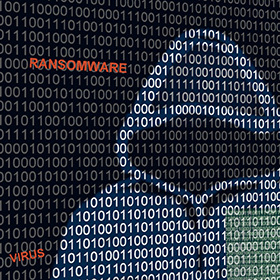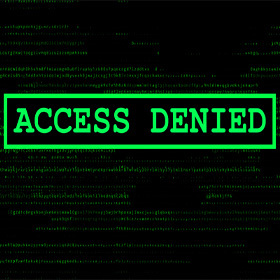Updates
Fake Error Messages
Cybercriminals create fake error messages to lure users into installing malware while web browsing or opening a document.
Zombie Apps & Accounts
Zombie apps and accounts are forgotten online services that endanger your privacy, clutter your phone, and drain your battery.
Password Spraying
Password spraying involves an attacker placing a list of potential usernames in a program and trying a common or default password against the list of usernames.
Digital Footprint
Your digital footprint is any tidbits of information you leave about yourself online. Those comments, pictures, and posts on social media form a picture about you.
Social Engineering
Social engineering is a low-tech approach used by scammers to gain access to an organization’s information and resources.
Termed Accounts
Deprovisioning is the process of deleting employee access to information resources when they leave. Supervisors and sponsors, please be sure to follow up when a user leaves UTSW. These unattended accounts could continue to be used by the ex employee or function as an easy starting point for an attacker.
Image-Based Phishing
Images may be used by cyber attackers to perform a phishing attack just like a malicious link or an infected attachment. Clicking an image or graphic included in an email may execute malware, initiate a malicious download, or send you to a website intended to steal your credentials or financial information.
Dumpster Diving
Dumpster diving is searching someone’s trash for information that can be used to launch a social engineering and/or computer system attack.
Free Digital Offerings
Are you tempted to install “free” software from the internet? Have you considered the hidden cost you pay for free apps, social media, toolbars, search engines and other digital offerings that look too good to pass up?
World Password Day
May 2, 2024, is World Password Day, with the goal of raising awareness about the importance of good password hygiene.










